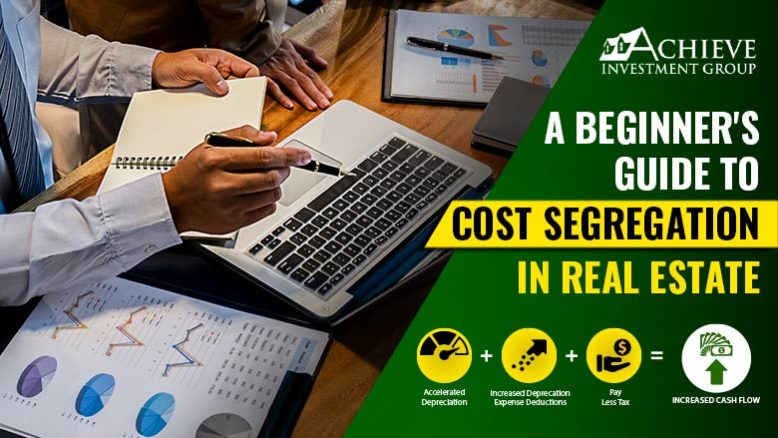The Investment Outlook For Multifamily Properties In 2023
Multifamily Properties In 2023 The multifamily property market has been one of the most resilient sectors in real estate, even through economic downturns. However, with the current economic climate, there are concerns about the investment outlook for multifamily properties in 2023. Interest rate hikes, bank failures, and lower returns are all factors that could potentially impact the market. In this blog, we will explore the investment outlook for multifamily properties in 2023, including the trends, challenges, and opportunities that investors should be aware of , considering both the risks and opportunities. 1. Interest Rate Hikes One of the biggest concerns for investors in multifamily properties is the potential for interest rate hikes. When interest rates rise, it can make it more expensive for investors to borrow money to finance their properties. This can lead to a decrease in demand for multifamily properties and a corresponding decrease in property values. However, it’s important to note that the Federal Reserve has indicated that any interest rate hikes will be gradual and tied to the strength of the economy. Additionally, interest rates are still at historically low levels, which can provide investors with opportunities to secure financing at relatively affordable rates. Investors should be cautious but not overly concerned about potential interest rate hikes in 2023. 2. Bank Failures Another potential risk to the multifamily property market is the possibility of bank failures. If banks fail, it could lead to a decrease in lending, which could make it more difficult for investors to secure financing. This, in turn, could lead to a decrease in demand for multifamily properties and a corresponding decrease in property values. However, it’s important to note that the banking industry is heavily regulated, and many banks have taken steps to improve their financial stability since the last economic downturn. Additionally, the federal government has measures in place to help stabilize the banking industry in the event of a crisis. While investors should be aware of the potential risk of bank failures, it’s unlikely to have a significant impact on the multifamily property market in 2023. 3. Returns Being Less Than What Have Been Another concern for investors in multifamily properties is the potential for lower returns. With property values and rental rates already high, it can be difficult for investors to find good deals that provide high returns. Additionally, increasing operating expenses, such as property taxes, insurance, and maintenance costs, can further reduce returns. Trends in Multifamily Properties One of the most significant trends in multifamily properties is the shift in demand. The COVID-19 pandemic has forced people to re-evaluate their living arrangements, with many opting for larger apartments or houses to accommodate their work and living needs. The rise of remote work has also contributed to the demand for larger living spaces, as people seek more room for home offices and other work-related amenities. Another trend in multifamily properties is the growing preference for sustainable living. Tenants are becoming increasingly environmentally conscious and are looking for properties that have energy-efficient appliances, green spaces, and other eco-friendly features. As a result, investors who incorporate green initiatives into their properties can benefit from increased tenant retention and higher rental rates. Challenges in Multifamily Properties Despite the positive outlook for multifamily properties, there are also challenges that investors should be aware of. One of the biggest challenges is the rising costs of construction materials and labor, which can drive up the cost of new developments and renovations. Investors may need to adjust their budgets or explore alternative building materials to stay competitive in the market. Another challenge is the increasing competition among investors. As more investors enter the market, the supply of available properties may become more limited, driving up prices and making it harder to find attractive investment opportunities. To stay ahead of the competition, investors must be vigilant in their research and evaluate multifamily properties. Opportunities in Multifamily Properties Despite the challenges, there are also opportunities in multifamily properties. One opportunity is the growing demand for affordable housing. With rising housing costs and stagnant wages, many people are struggling to find affordable housing options. Investors who prioritize affordable housing can tap into a growing market and help address a critical social issue. Another opportunity is the increasing popularity of urban living. Young professionals and empty nesters are drawn to the convenience and amenities of city living, driving demand for multifamily properties in urban areas. Investors who can acquire or develop properties in desirable urban locations can benefit from higher rental rates and strong tenant demand. To be successful in multifamily property investing in 2023, investors must develop a solid investment strategy that aligns with their goals and objectives. One strategy is to focus on properties that offer sustainable features and amenities, such as energy-efficient appliances, green spaces, and access to public transportation. These features can help attract environmentally conscious tenants and increase the overall value of the property. Another strategy is to focus on affordable housing options, which can help address a critical social issue while also providing a stable source of income. Investors who can acquire or develop properties in desirable urban locations can benefit from higher rental rates and strong tenant demand. Related: 2022 U-Haul Report Reveals Texas and Florida as Great Multifamily Investing Opportunities Investment Strategies for Multifamily Properties To achieve success in multifamily property investing in 2023, investors need to establish a robust investment strategy that is in line with their desired outcomes and objectives. A viable approach is to concentrate on properties that provide sustainable amenities and features, such as access to public transportation, green spaces, and energy-efficient appliances. These features can help attract environmentally conscious tenants and increase the overall value of the property. A different approach is to concentrate on making housing more affordable, which not only tackles a crucial societal problem but also creates a reliable stream of revenue. Investors who can acquire or develop affordable housing properties can benefit from government subsidies … Read more








